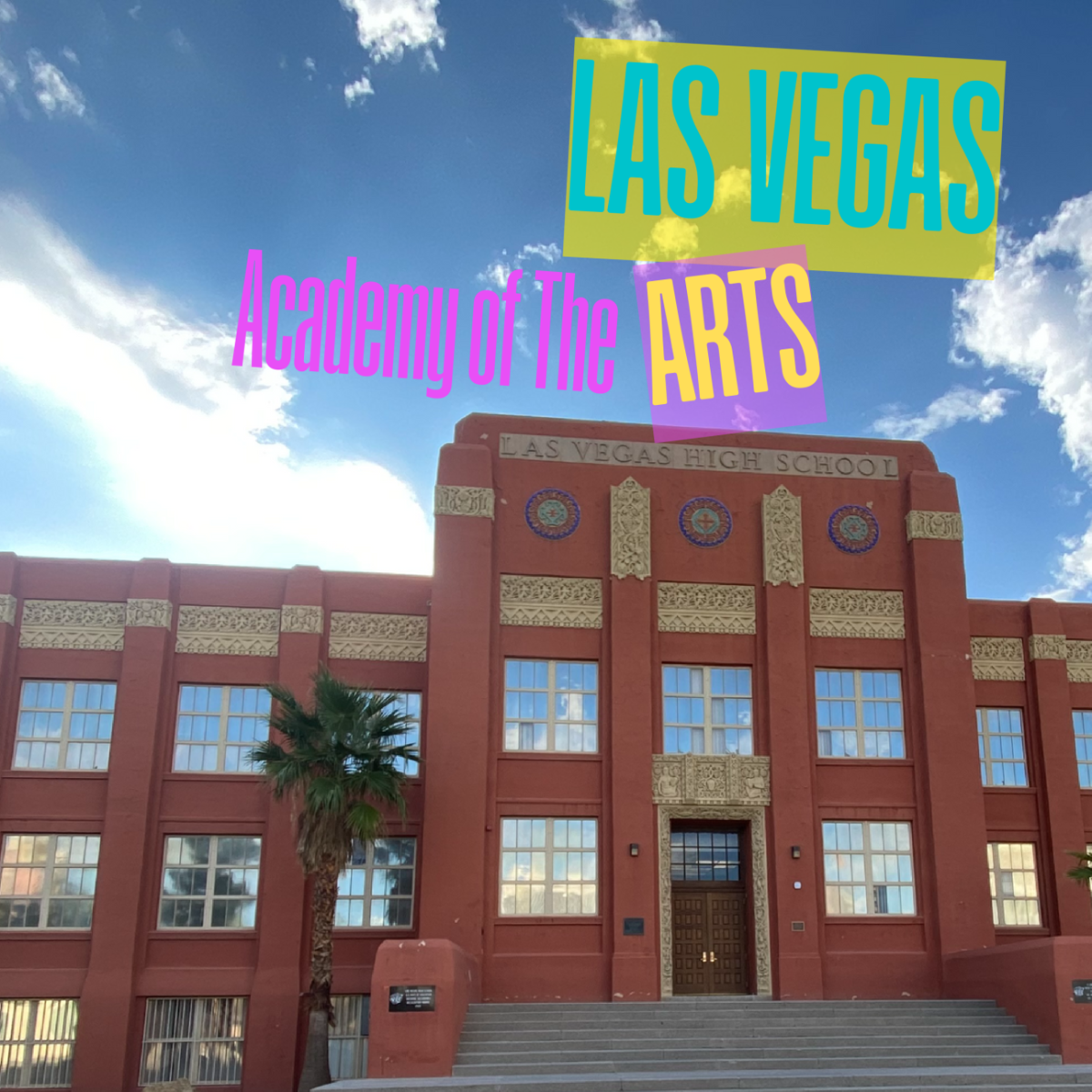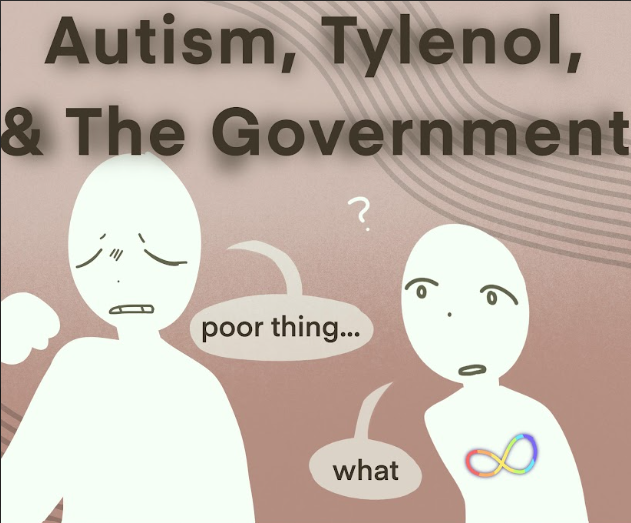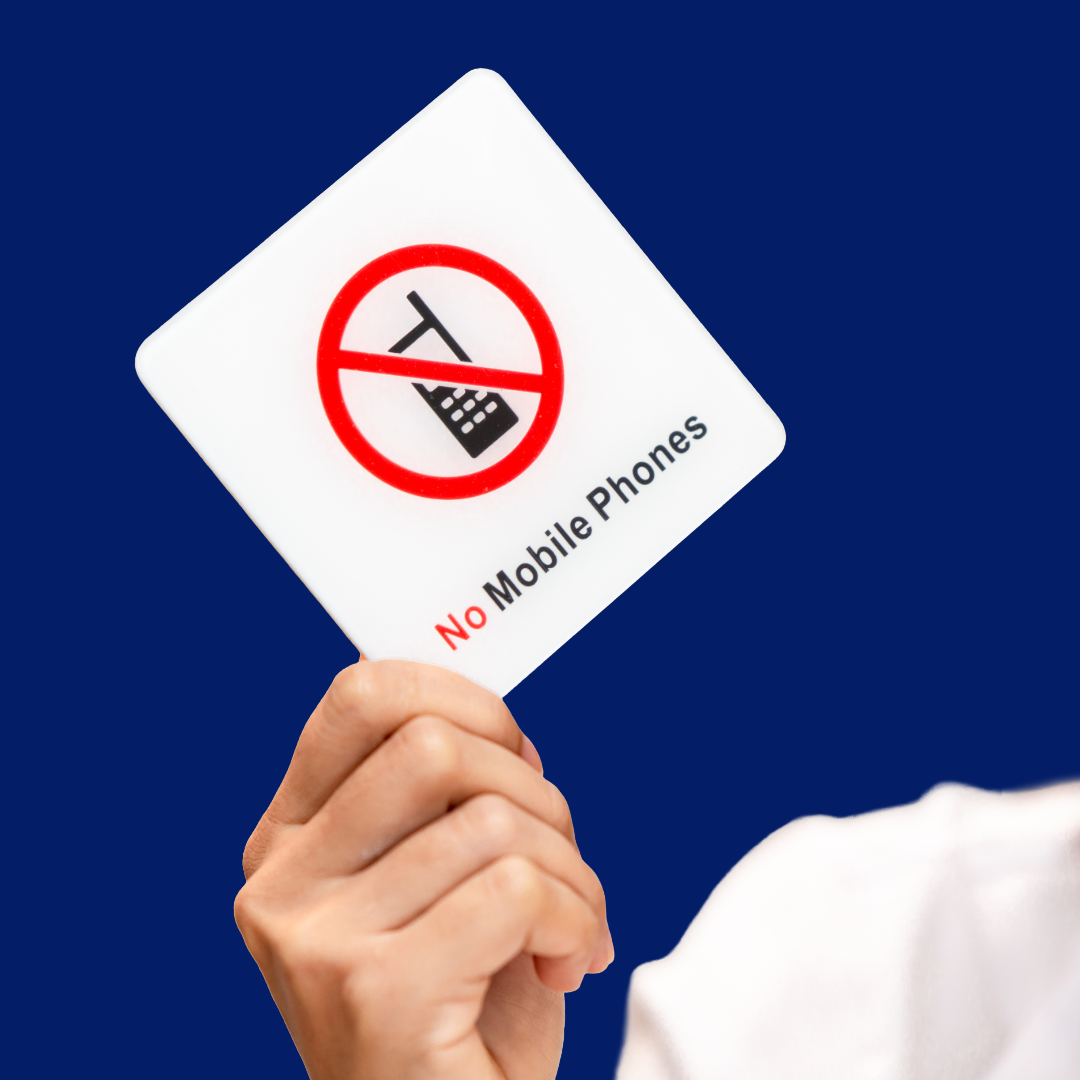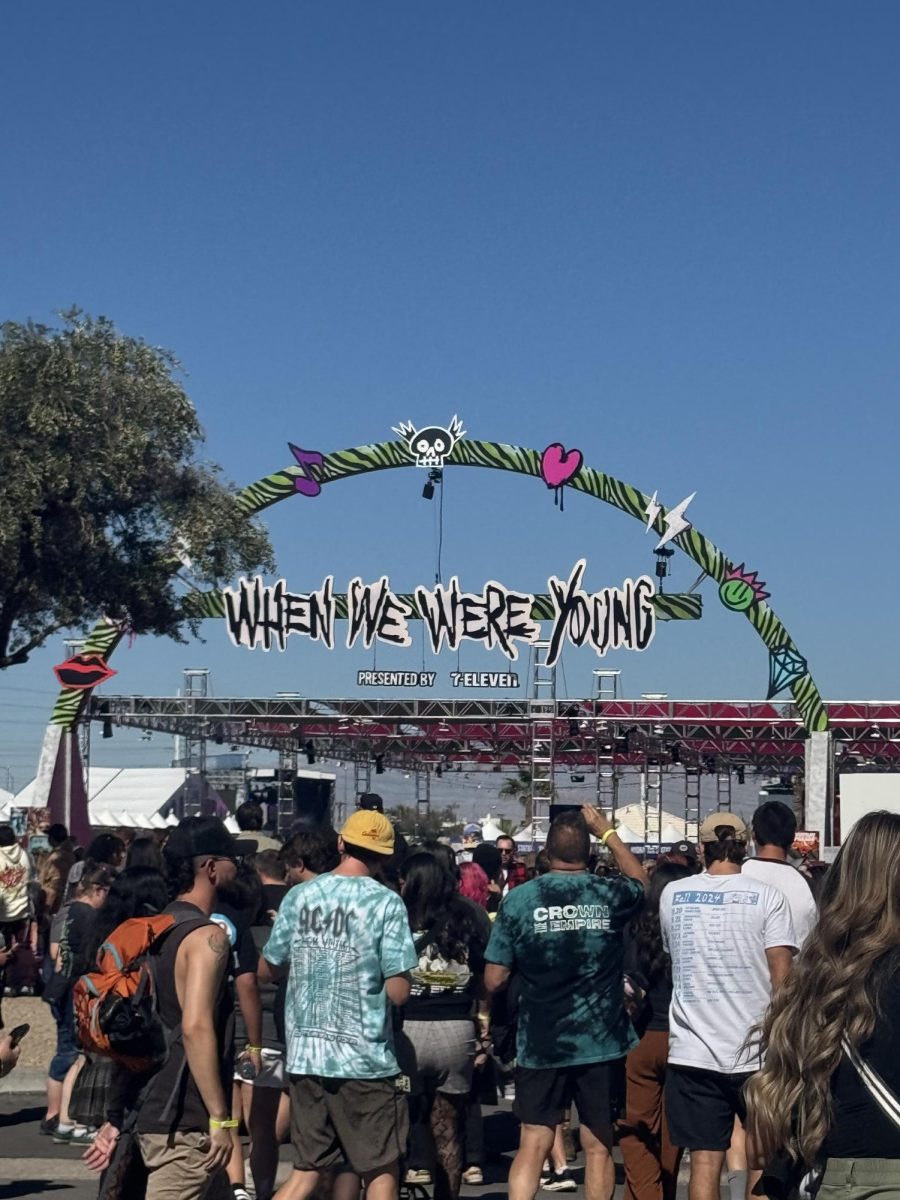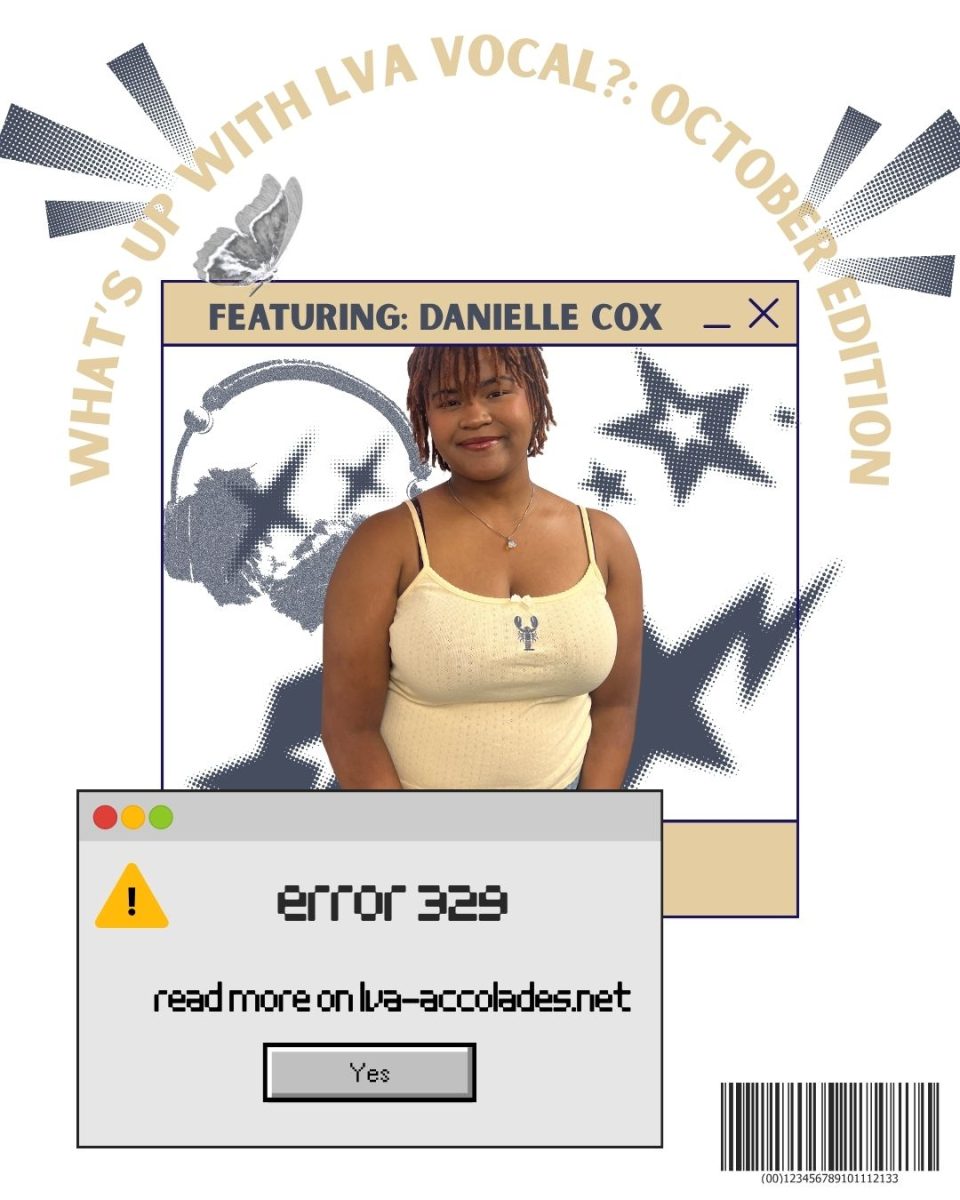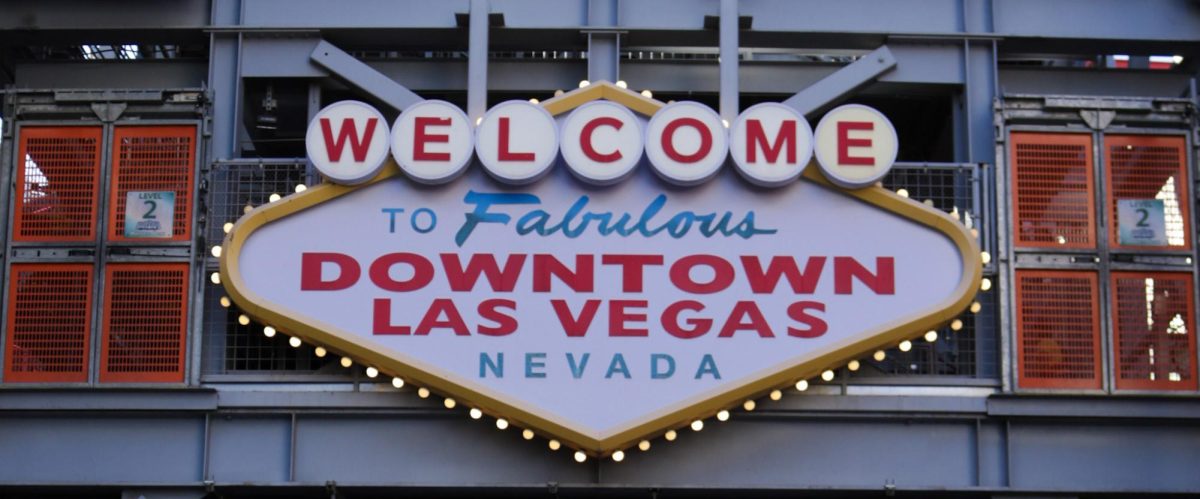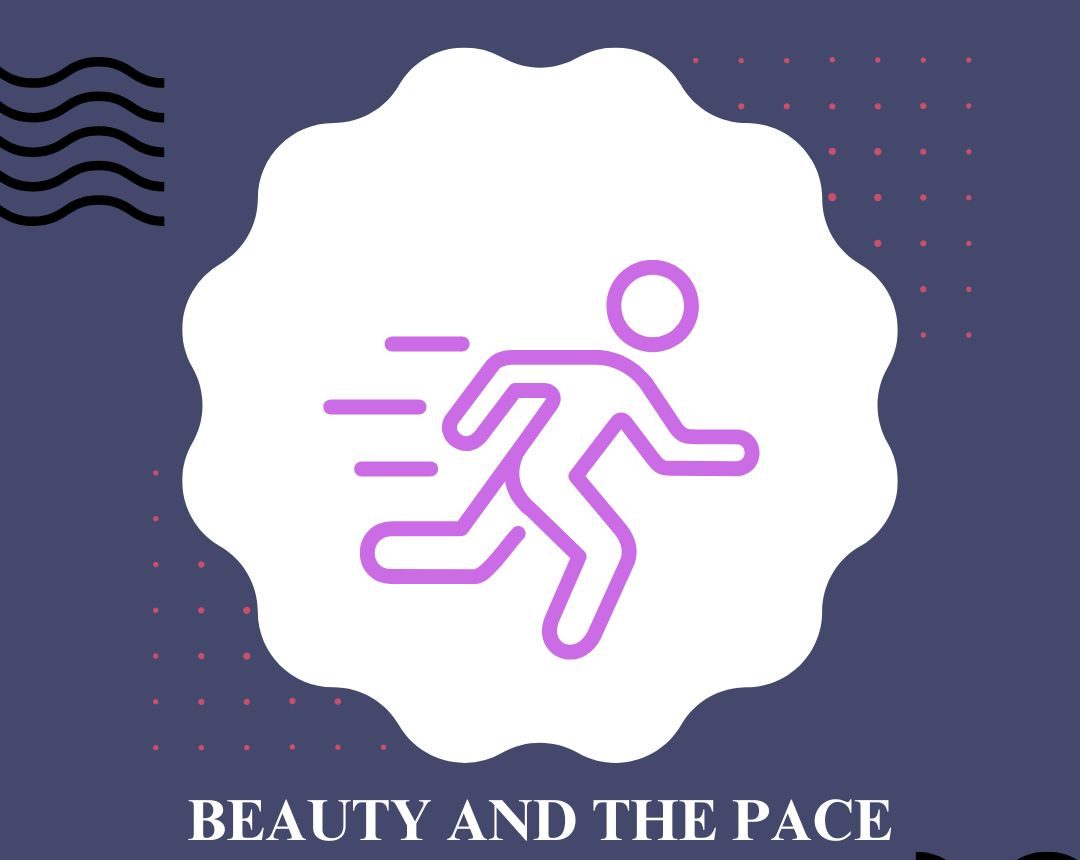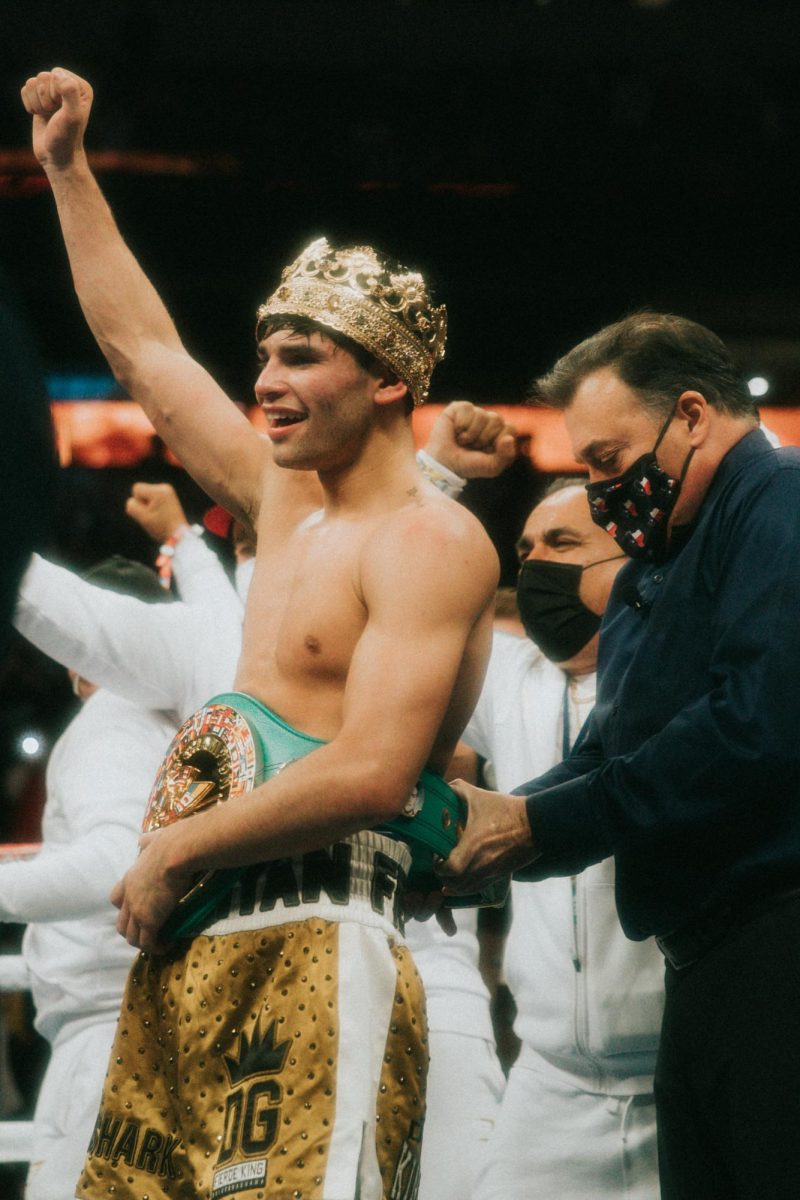The year 2020 is considered Pandora’s box. The world was shut down, and with everyone forced inside their houses, tension began to leak into our government. As we faced a global health crisis, the long-time issues of racial inequality and police brutality came to the forefront. I remember watching the news as video footage of a man who was being detained by the Minneapolis Police was held down with a knee to his neck.
That man – whom we all now know as George Floyd – became the spark that reignited protests in America and riots across the world.
History of the Movement
Many people do not know that the Black Lives Matter movement was actually born in 2013 after Alicia Garza posted a poem she had written in response to the death of 17-year-old Trayvon Martin, who was fatally shot for merely walking in his own neighborhood at night. In the poem, she wrote, “We don’t deserve to be killed with impunity. We need to love ourselves and fight for a world where black lives matter. Black people, I love you. I love us. We matter. Our lives matter.”
Patrisse Cullors responded to Garza’s post with the hashtag #BlackLivesMatter, and as the hashtag began to circulate on social media, the two partnered with Opal Tometi to build a network dedicated to fighting racial injustice.
A review of Google Trends data by Newsweek shows online searches for “Black Lives Matter” saw a large spike in the summer of 2016 and reached an all-time high in the summer of 2020. After the death of George Floyd, the African American community was suffering and began to search for a mantra to grasp onto: the BLM movement became this beacon of light in the scary and uncertain darkness. A massive growth in support and donations after Minneapolis police officers killed him began an analysis of race and policing, as well as protests, across the U.S. and beyond.
But over a decade after the origins of the movement in 2013, data shows that the search for “Black Lives Matter” had declined. A poll by the Pew Research Center found support has dropped since its peak of 67 percent in 2020. The survey, done in April, found just over half of U.S. adults (51 percent) say they support the movement, a drop from 56 percent a year ago. There was a brief moment where racism was being talked about within big corporations and companies as they made empty promises in an attempt to “smooth things over” called “cause marketing” or “movement marketing.” Typically it is used because it’s popular, but they drop it as soon as it’s not. The death of George Floyd was violent and gave America – and the world – a wake-up call. These corporations and those in power knew that they would be frowned upon and began to do anything to become an “ally,” such as posting black squares with the hashtag #BLM, donating money to organizations that supported the movement, or even becoming white apologists – all things that looked nice on the surface but did nothing to invoke real change.
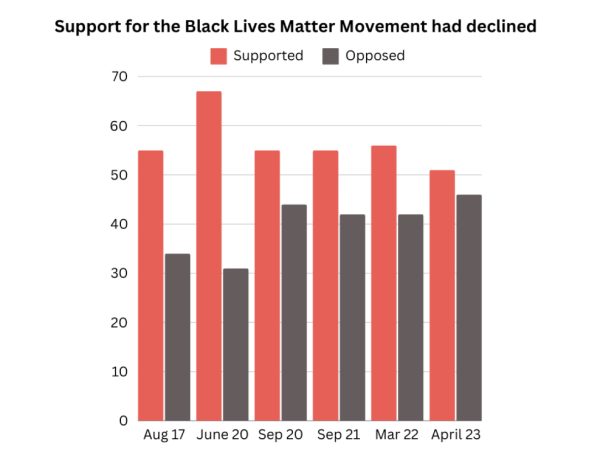
With these struggles in the forefront also came the tough conversations of whether or not police departments should be defunded – especially in predominantly black neighborhoods. The argument, popularized by the Black Visions Collective, was the belief that money should be removed from police funding and put into more community resources like youth services, housing, and community support.
But if BLM was big and prominent all over the world, why did it lose traction and eventually become derailed? I’ve figured out the three big issues with the movement that eventually led to its downfall: the misconstruction of ideas, the lack of a strong leader, and corruption within the movement.
Information from Brooking’s Black Lives Matter at 10 years: 8 ways the movement has been highly effective.
Misconstruction of Ideas
The Black Lives Matter movement had many ideas that were unfortunately taken and twisted into different meanings that were completely off from what was originally intended. As previously mentioned, one of those ideas was to defund the police. The original idea behind this was to use some of the money funding the police department to pay for better training for police officers and law enforcement and also give back to the community – especially when it comes to services for those with mental disorders – therefore nipping problems in the bud and preventing them from getting worse and reducing the amount of law enforcement that needs to be dispatched. However, many people believed that defunding the police meant that we’d get rid of them completely and that misconception created a lot of backlash.
Another situation that arose was the idea that because the Black Lives Matter movement was getting a lot of attention, other races simply just… didn’t matter. This was farthest from the truth. John A. Powell explained this in his article titled “When we fully claim Black Lives Matter, we move closer to All Lives Matter.” He uses this analogy, “Consider if we are trying to get everyone from the first to the third floor. This is the universal goal. We may build an escalator to take people from the first to the third floor. The escalator is the structure. Now someone comes along in a wheelchair. The escalator does not work for her. She is situated differently to the structure of the escalator as well as from those who can walk. The strategy that we might use for the group is, therefore, to build an elevator. Some could claim she is asking for something special–after all, everyone else was okay with an escalator. But while an escalator and an elevator would both get everyone to the third floor, an elevator would take into account the different situations of someone in our group.” These two examples and more false perceptions of BLM’s ideas aided in the downfall of the movement.
Lack of a Strong Leader
Although the movement was sparked with a death eerily similar to how the Civil Rights movement was sparked by the death of Emmett Till, the difference between then and now is that those involved in the Black Lives Matter Movement recognize that there is no distinct leader. The movement has taken on a very collaborative approach with The Black Lives Matter Global Network co-founded in 2013 by three female organizers, and the Movement for Black Lives, formed one year later with no governing board, even though it coordinates with more than 150 organizations. This happened due to the fear that a political figure or even, nowadays, an influencer, would try to build their political career off of this moment.
Corruption in the Movement
The Washington Examiner discusses the leader of the national Black Lives Matter group accused of stealing more than $10 million from the charity’s donors. Black Lives Matter Grassroots, a non-profit group that represents local BLM chapters across the country, accused the BLM Global Network Foundation and its board secretary, Shalomyah Bowers, in a lawsuit of siphoning over $10 million in “fees” for personal use. The lawsuit, filed in Los Angeles Superior Court, says Bowers treated the BLM Global Network Foundation as his “personal piggy bank” and has acted as a “rogue administrator” and “middleman turned usurper.” The mistrust of huge parents made it harder for people to trust the movement overall.
Description: African American Culture has come a long way. These are photos from the 2024 Martin Luther King Junior Parade in Las Vegas – a celebration of who we are.
Unfortunately, these faults in the movement caused it to not only lose its credibility but also led to its fall. As more and more movements like this arise, we need to learn from the mistakes of the BLM movement so that we can be more successful. Despite this, black culture, history, and appreciation has come a long way. It is something that we will continue to change as we learn and adapt to new things.


